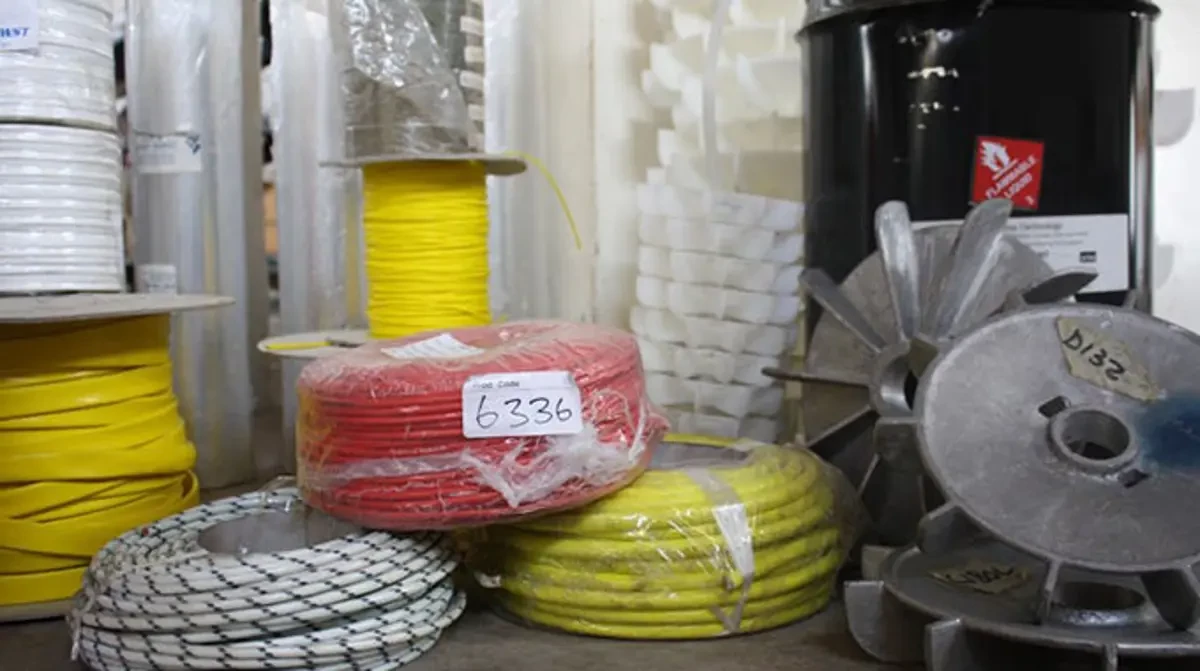CABLE maker, CAFCA says it has strengthened its export strategy by abandoning its long-standing consignment stock model in favour of a strictly cash-based system, which has improved cash flow.
Group chief executive Mr Vimbayi Nyakudya, in a statement accompanying the financial results for the year ended September 30, 2025, said the transition initially slowed product uptake among distributors who were used to the previous arrangement.
“This cash-based approach is already yielding positive results in our export rejuvenation efforts and significantly reduces our exposure to non-performing foreign debtors and currency remittance challenges,” he said.
Mr Nyakudya added that the strategic measures implemented during the reporting period have strengthened CAFCA’s capacity to pursue future growth anchored on manufacturing excellence.
“Our current focus is on embedding a business model resilient enough to withstand future volume fluctuations and external shocks,” he said.
Mr Nyakudya said the company’s core strategy this year was centred on adaptation to the new market reality.
“We strategically invested in three key areas that include supply chain competitiveness, optimising our raw material sourcing and blend of copper cathode and recycled material,” he said.
In addition, the company also focused on efficiency in capacity utilisation, improving equipment use, implementing predictive maintenance, and moving to a two-shift system.
The company, according to Mr Nyakudya, is also working closely with its distributors, contractors, and electricians to underscore the value of CAFCA products, emphasising quality assurance, after-sales support, and trade terms.
For the period under review, the company’s sales volume declined by 8 percent, primarily driven by a 32 percent drop in export sales and an 8 percent reduction in utilities uptake and the slowdown in the retail, distribution, and commercial segments in the first half of the year due to import competition.
“In response to the market structure changes, CAFCA initiated a proactive re-engagement strategy with channel partners. This included conducting factory tours to highlight our rigorous quality assurance processes and accommodating distributors with more favourable trade terms.”
“While the business saw a positive recovery in the second half, retail and distribution channel volumes remained 5 percent behind the prior year,” he said.
Mr Nyakudya said in real terms, revenue was 3 percent behind the prior year, reflecting the 8 percent volume decline, while operating margins were 50 percent behind the prior year as the company absorbed some raw material costs to defend market share.
“To ameliorate the impact of declining margins, we implemented a number of interventions, including a reduction in headcount and an investment in cutting-edge technologies as well as upgrades of key equipment,” he said.
Mr Nyakudya highlighted that the construction, industry, agriculture, and mining sectors saw encouraging activity since the start of the tobacco selling season.
He said the economic buoyancy helped volumes recover in the second half, though full-year volumes still lagged 4 percent behind the prior year.
“Our focus remains on enhancing customer experience and leveraging our channel partnerships to educate the market on the value of quality products,” he said.
He noted that CAFCA continues with the long-standing engagement with key utilities like ZESA and the Rural Electrification Fund; however, their tight liquidity has constrained uptake, leading to an 8 percent decline in this segment.
During the year under review, production went down by 4 per cent from the prior year, aligning with sales volume performance.
Mr Nyakudya said the company adopted an initiative to reclaim redundant copper from customers, offsetting the cost with new cables, and the initiative continues to bear significant value.
“All materials undergo rigorous inspection and certification, and our focus remains on achieving a six-week copper and aluminium raw material buffer,” he said.
He indicated that the power supply situation improved by 2 per cent compared to the prior year. “We are currently installing a 1.18-megawatt (MW) grid-tied rooftop solar plant to augment our supply with cheaper daytime power,” said Mr Nyakudya.
During the period under review, Mr Nyakudya said the company improved equipment utilisation from 70 percent to 80 percent through predictive maintenance and operator-led process control.
“On-time delivery saw a significant jump from 83 percent to over 100 percent. First pass yield in quality assurance grew from an average of 70 percent in Q1 to over 90 percent,” he said. – Herald
